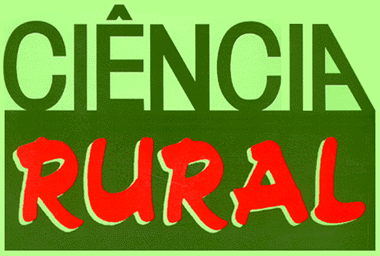This research aimed to evaluate physiological parameters of seedlings of copaiba produced under the effect of different shading levels and types of substrates. The experiment lasted 130 days and was conducted in randomized blocks in factorial scheme 5x4 with five substrates: Bioplant®, 70% vermiculite + 30% rice hulls, 40% vermiculite + 30% rice charred hulls + 30% fiber coconut, 50% vermiculite + 30% rice charred hulls + 20% sand, 70% vermiculite + 15% rice charred hulls + 15% vermicompost residue of textile industry; four shading levels (100, 70, 50 and 30% full sun) and three replications. The shade level of 50% compared to full sun, enabled the production of seedlings of Copaiba with higher concentrations of chlorophyll b and total chlorophyll, and provided the lowest daily transpiration throughout the day and the plants. The leaf area, chlorophyll content and transpiration of seedlings of Copaiba independent of the substrate and can be produced in any of the growth media evaluated.
Copaifera langsdorffii Desf.; shading; light radiation; chlorophyll



